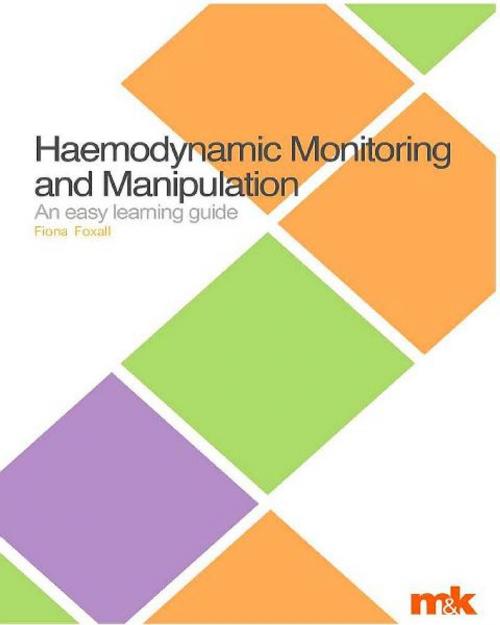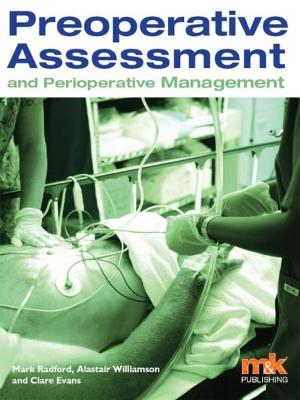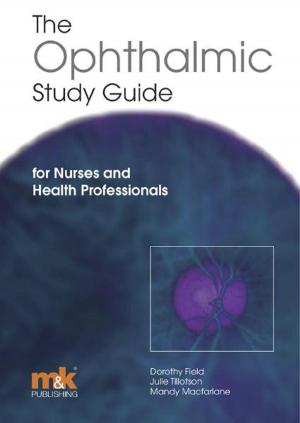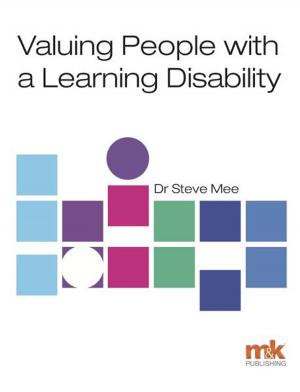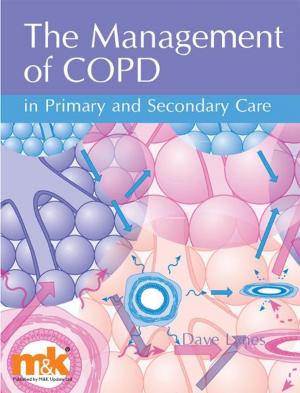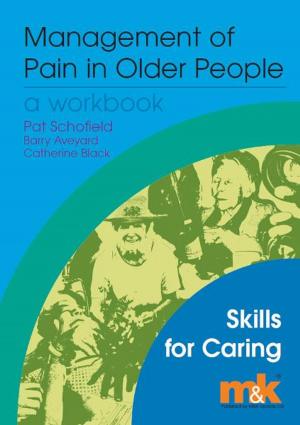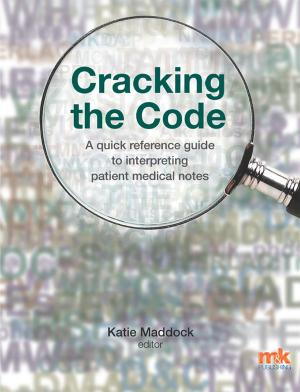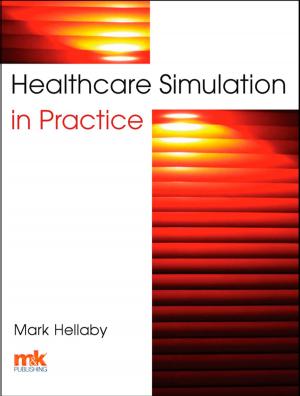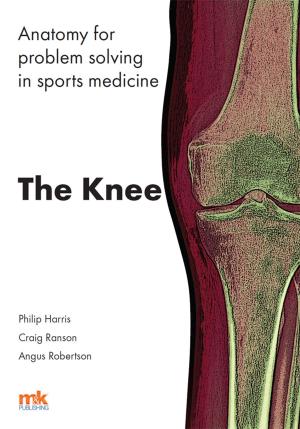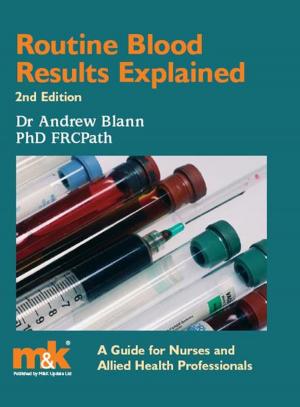Haemodynamic Monitoring and Manipulation: An easy learning guide
Nonfiction, Health & Well Being, Medical, Fiction & Literature| Author: | Fiona Foxall | ISBN: | 9781907830464 |
| Publisher: | M&K Update Ltd | Publication: | March 1, 2009 |
| Imprint: | M&K Publishing | Language: | English |
| Author: | Fiona Foxall |
| ISBN: | 9781907830464 |
| Publisher: | M&K Update Ltd |
| Publication: | March 1, 2009 |
| Imprint: | M&K Publishing |
| Language: | English |
The adequacy of the cardio respiratory system can generally be gauged from basic clinical signs such as heart rate, blood pressure, respiratory rate and depth, skin texture and colour, use of accessory muscles of respiration and mental status. These basic signs should never be ignored, but in critical illness, basic clinical assessment alone may be unreliable and misleading. Therefore further monitoring techniques are usually required. Cardiac output and the circulation can be manipulated by fluid and drug administration to ensure good oxygen delivery to the tissues but in order to do this, ongoing monitoring is required. Many healthcare professionals find it difficult to get to grips with the more complex forms of haemodynamic monitoring and the use of inotropic and vasoactive agents; indeed these things can seem rather daunting. If you work your way through this book and carry out the exercises, you will soon become more confident and competent about haemodynamic monitoring and manipulation as well as understanding all the information that initially seems so complicated.
The adequacy of the cardio respiratory system can generally be gauged from basic clinical signs such as heart rate, blood pressure, respiratory rate and depth, skin texture and colour, use of accessory muscles of respiration and mental status. These basic signs should never be ignored, but in critical illness, basic clinical assessment alone may be unreliable and misleading. Therefore further monitoring techniques are usually required. Cardiac output and the circulation can be manipulated by fluid and drug administration to ensure good oxygen delivery to the tissues but in order to do this, ongoing monitoring is required. Many healthcare professionals find it difficult to get to grips with the more complex forms of haemodynamic monitoring and the use of inotropic and vasoactive agents; indeed these things can seem rather daunting. If you work your way through this book and carry out the exercises, you will soon become more confident and competent about haemodynamic monitoring and manipulation as well as understanding all the information that initially seems so complicated.
